Jumping into Rainbow Six Siege can be an overwhelming experience. Siege is a first-person shooter that plays like no other game on the market right now. Because of the unique nature of the game, it’s hard to shake muscle memory learned in other FPS titles.
The game also has some deceptively complex mechanics that aren’t always apparent to newcomers. We’ve put together a list of some basic tips for beginners that should help ease newcomers into the game. These tips are aimed at players who are brand new to Siege.
Here are a few of our tips for beginners.
“Every life is a lesson”
This should probably be an obvious one but it needs to be said anyway. You’re going to die a lot and it’s going to suck at first. After a certain point, you might notice a pattern in what’s causing you to be despatched so early on in a match. Pay attention to these patterns and don’t be afraid to shake things up.
If you’re lucky enough to comfortably adopt a playstyle in your first days playing Siege, then that’s great. It may not be so easy for newer players to find a playstyle that suits them, however, and that’s where newcomers will really have to pay attention to the why and how of their deaths. Sometimes it’s a simple aim issue and other times it’s an ill-advised re-peek.
Being able to learn from mistakes that lead to death is an extremely important part of getting good in any game. But if a new player proves inflexible, then that stiffness won’t translate well once the Newcomer Playlist is inaccessible. Ubisoft even made a commercial that emphasized the importance of learning from failure.
Drone
Droning is one of the best things a player can do to support their team but it isn’t always comfortable to do when first starting out. The game gives attackers two drones for a reason and it isn’t so players can drive their drone into the objective to get shot by a defender. Use drones wisely—and by that, we mean use drones. Siege is a sometimes slow and information-heavy game and is unlike many other FPS titles in that regard.
Going in blind is a good way to get one-tapped and it also won’t do the team any good. Droning is a surefire way to keep the defending team on their toes and disrupt their setup. Droning also gives the team more information to work with and adjust accordingly. There are so many little details to keep track of in Siege that taking a moment to drone out an entry point can save the team from any number of hazards.
Droning is useful for the team when all players are alive. The more drones the team has placed, the more intel devices that dead players can use to help their breathing teammates. Just drone. It may feel uncomfortable at times but it’s a worthwhile endeavor that will nab more than a few victories.
Learn default cams
This one will take a lot of time just because of the sheer amount of maps there are in rotation. Keeping an eye out for default cameras is an absolute must. Learning the camera placement on maps will come in handy in literally every single match of Siege. Taking care of default cams ensures a smoother approach, fewer deaths to spawn peeks, and a lot more comfort on the attack.
Each map has its own unique camera placements, so it’ll take some time to learn them all. Even when a new player has come to grips with camera placements on a map, there’s no guarantee that their teammates have taken care of them. Newcomers should always keep an eye out for default cameras and not hesitate to shoot them or disable them with EMPs or Twitch. Shooting out cams will help deny defenders key intel and also help commit the camera placement to memory.
Communicate with the team
It can be intimidating to communicate with the team in Siege but it’s also one of the most important aspects of the game. Communication and intel are two key elements of Siege that are often overlooked by newcomers. There’s room to be the lone ranger at times but most victories come from working together as a unit. Doing so without communication can be a tall order.
By communicating with the team, players ensure that everyone is on the same page. Callouts are important in any competitive space, but in Siege, things tend to be much more close quarters. Hopping on the mic to tell the team where a death occurred or what a player has seen on their drone can turn the tide of a match.
Sure, it’s intimidating and like any other competitive multiplayer title, there are bound to be some negative voices, but matches will run a lot smoother if the team is communicating effectively. An added bonus to communicating with teammates is that newcomers will learn the more standardized callouts for each map. Communication is key, especially at higher levels of play, so newcomers learning how to effectively communicate is essential to working through the ranks.
Don’t get trapped in the site (Don’t be scared to roam)
Jumping into the many maps that are in rotation in Siege can be completely overwhelming. Each map is a new labyrinth to learn and it’s easy to become locked into the comfort of playing anchor in the site. There’s no better way to ensure a Copper placement than to stay in the objective while on defense. Be sure to get out of the site and start roaming.
This is again an area where newcomers will have to take each life as a lesson learned. Death is inevitable when first learning maps through roaming. The concept of roaming is based on map knowledge and the only way to get that knowledge is to get out there and learn the map. Newcomers will undoubtedly die countless times before figuring out the natural rotations of any given map, but it’s a worthwhile endeavor.
Learning how to roam fosters confidence and, if done right, a player’s presence is sometimes enough to waste an attacker’s time. The confidence gained through roaming will also inform the risks a newcomer will be comfortable taking, as well as their ability to hastily return to the site when needed.
The last thing a newcomer should do when learning the game is anchor in the objective.
Leave site open for retakes (a.k.a. Don’t Castle objective)
Team-killing is far less common these days thanks to Ubisoft implementing the Reverse Friendly Fire (RFF) system. Back in the day, however, there was one thing that almost always guaranteed a team-kill. Over-reinforcing the wrong part of the site before RFF ensured a newcomer’s death more than if they had just run into the open arms of the attackers.
Newcomers may instinctually want to reinforce every wall, hatch, and doorway in an objective room, but this is the exact opposite of what needs to be done and may still result in a team-kill. Rather, the site needs to be strategically set up for a retake. What this means is that sightlines need to be created with shotguns and Impact Grenades and not every doorway should be boarded up.
The idea here is that should the attacking team take hold of the site, your team will have options when attempting a retake. If there’s only one way in and out of a room, then a newcomer has effectively just thrown the match for their team if they’ve Castled up the doors and reinforced the walls. Again, it feels counterintuitive, but this is how Siege is played. The higher the level, the more complex and sneaky these setups will get.
Don’t forget to place your unique gadgets on defense
Learning how to use unique gadgets is both an easy and complex aspect of Siege. Every operator has a different degree of difficulty to them when it comes to using their respective gadgets. Some unique gadgets are objectively easier to learn than others but still have their own issues. When thinking about common mistakes that newcomers may make, one of the most frequent is newcomers forgetting to use their gadgets altogether.
Operators like Mute, Rook, Jäger, and Bandit tend to rely on getting their gadgets set up before the preparation phase is over, depending on skill level. Far too often newer players will forget to place their Magpies, Signal Jammers, Shock Wire, and Rook Armor. It’s a simple, yet damning mistake to make. Failure to use some of these unique gadgets is more detrimental than others.
Forgetting to place Rook Armor down is forgivable, but if a newcomer fails to set up Signal Jammers or Magpies, then they may have just given the attacking team the round. It’s an easy mistake to make but it can cost teams the round and eventually the match depending on which gadget doesn’t make it down in time. Newcomers should aim to learn when to use their gadgets as soon as possible.
Playing Thatcher? Follow your hard breacher
Thatcher is an appealing pick for a newcomer since his EMP Grenades are approachable and straightforward to use. Newcomers may notice that their team’s Thermite or Hibana player is following them around incessantly. If a newcomer finds themself with a Thermite or Hibana shaped shadow, it’s because Thatcher is their synergy operator.
Hard breachers like Hibana and Thermite rely on Thatcher to clear away entry denial gadgets so that the hard breachers can open up reinforced walls. It’s a simple thing to miss when first playing Siege and there are many more synergies to learn, but this is by far the most important one to start.


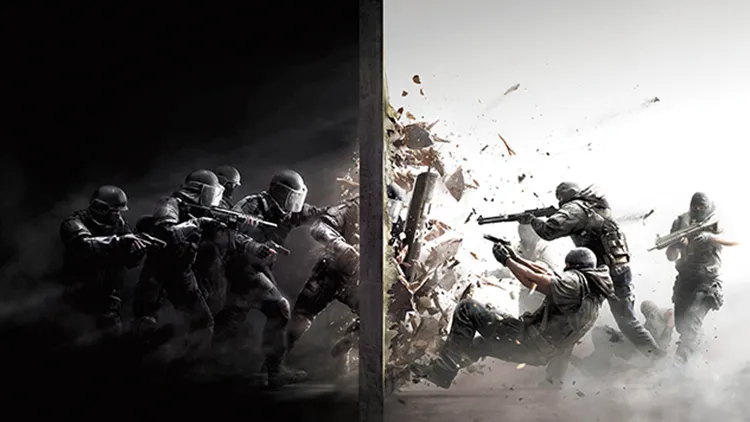
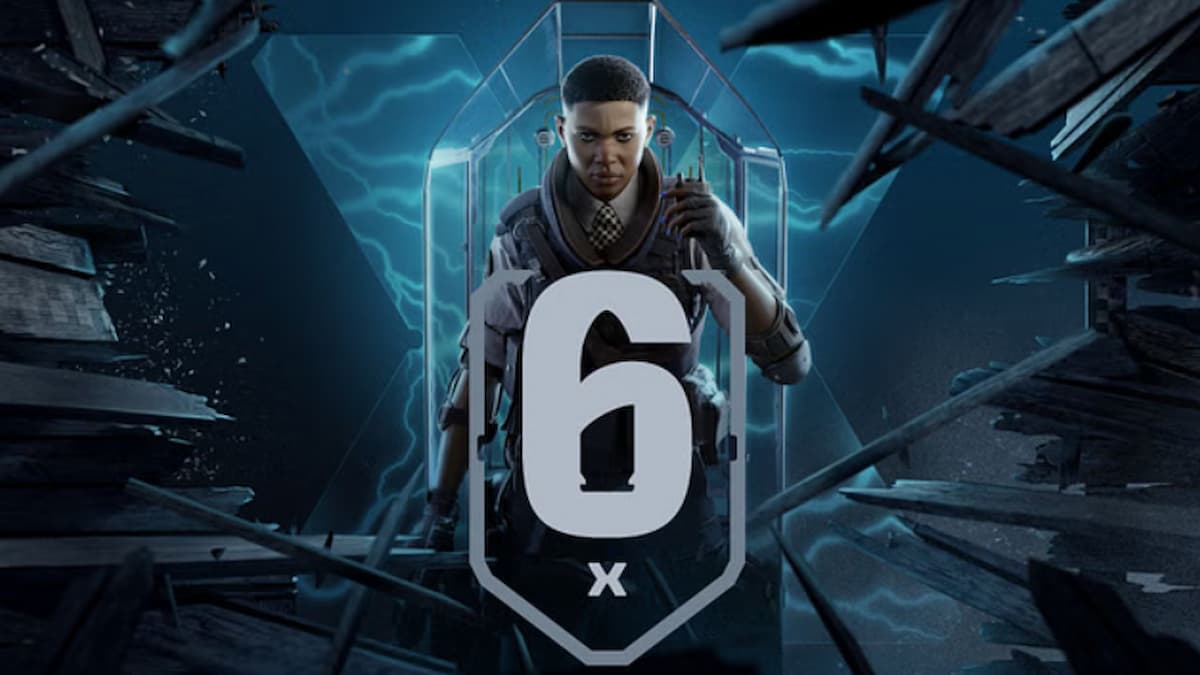
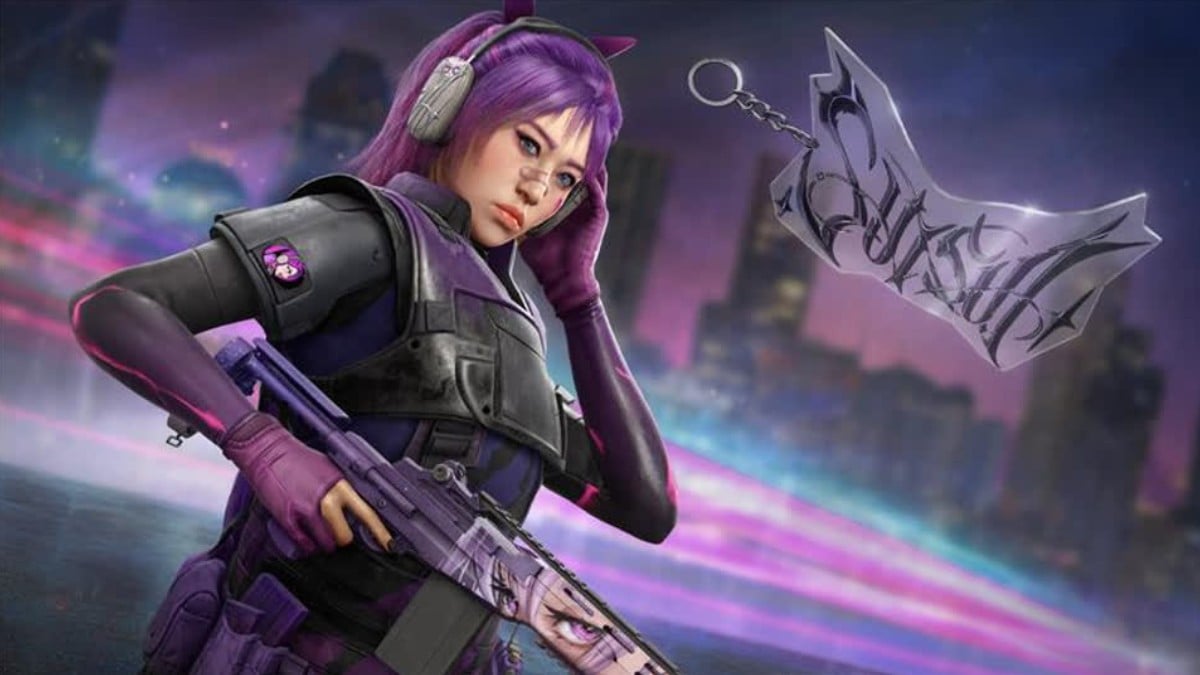
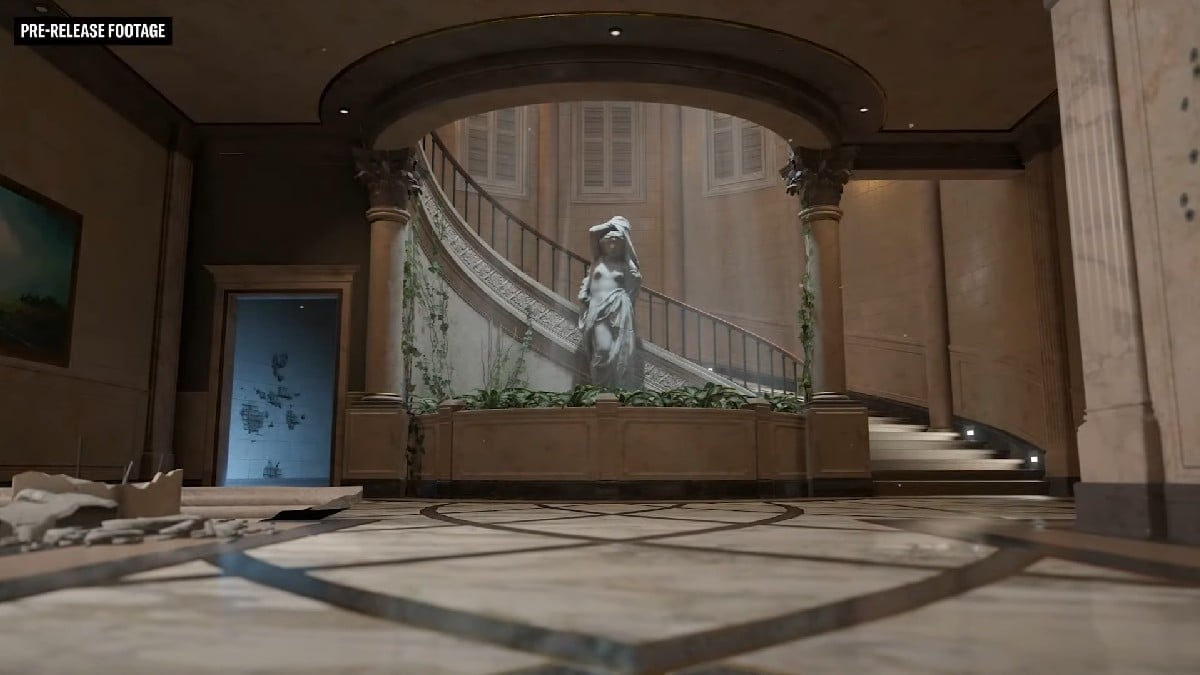
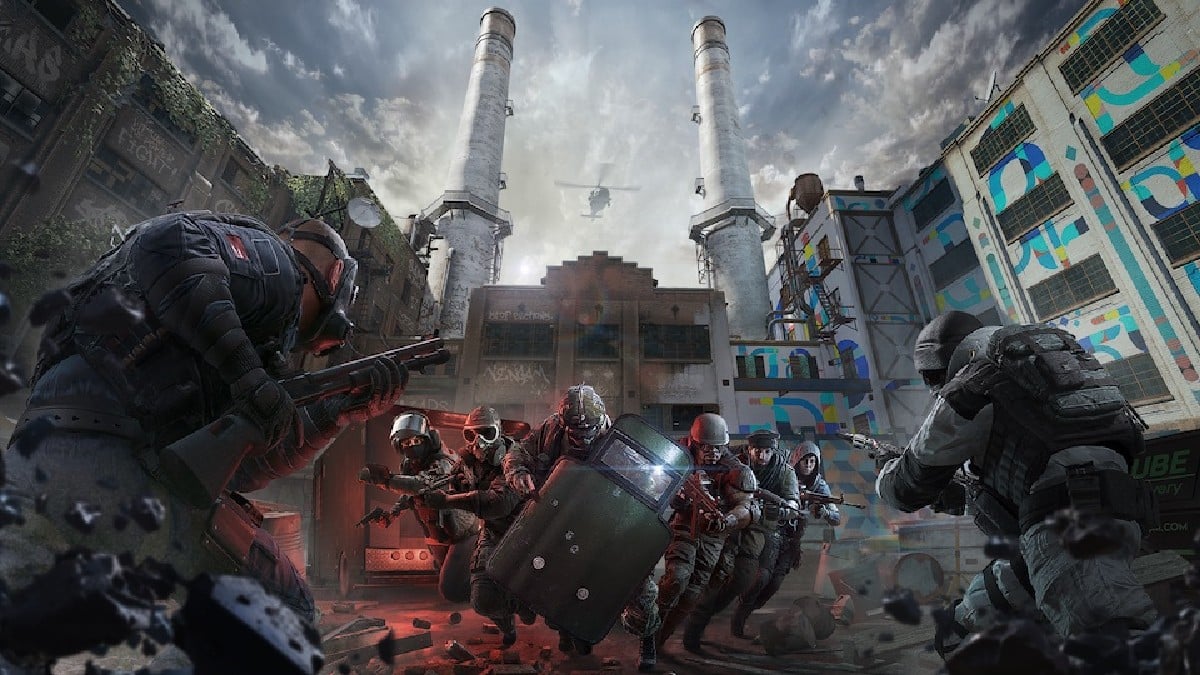
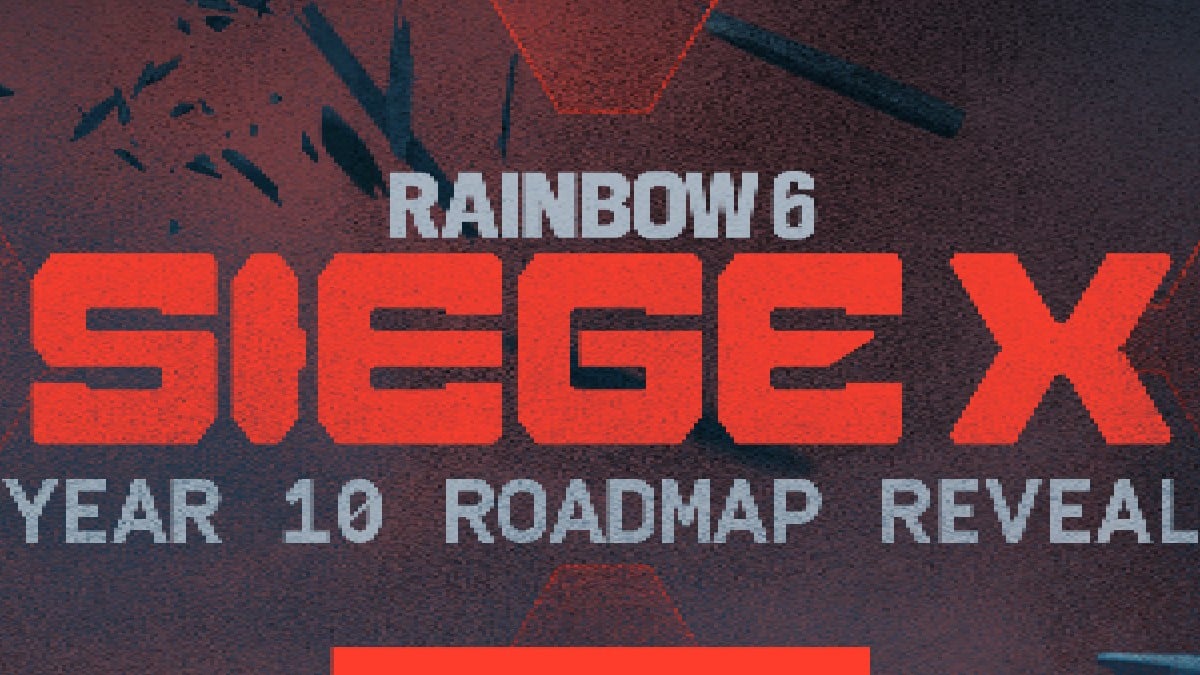
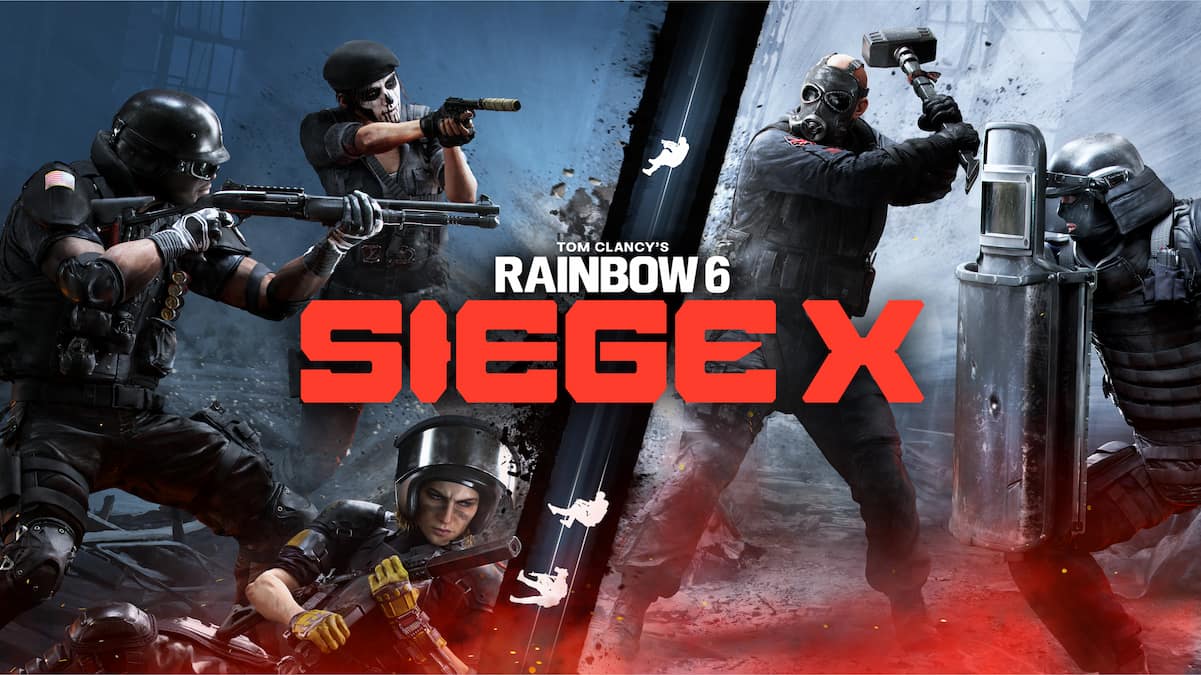
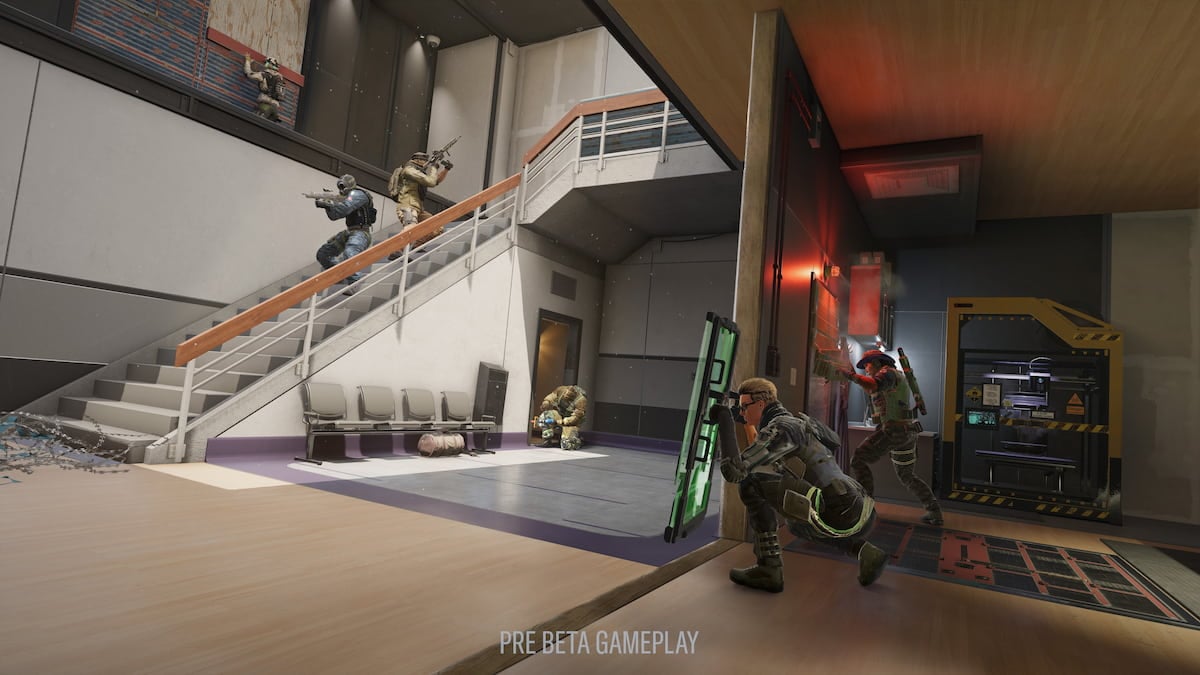
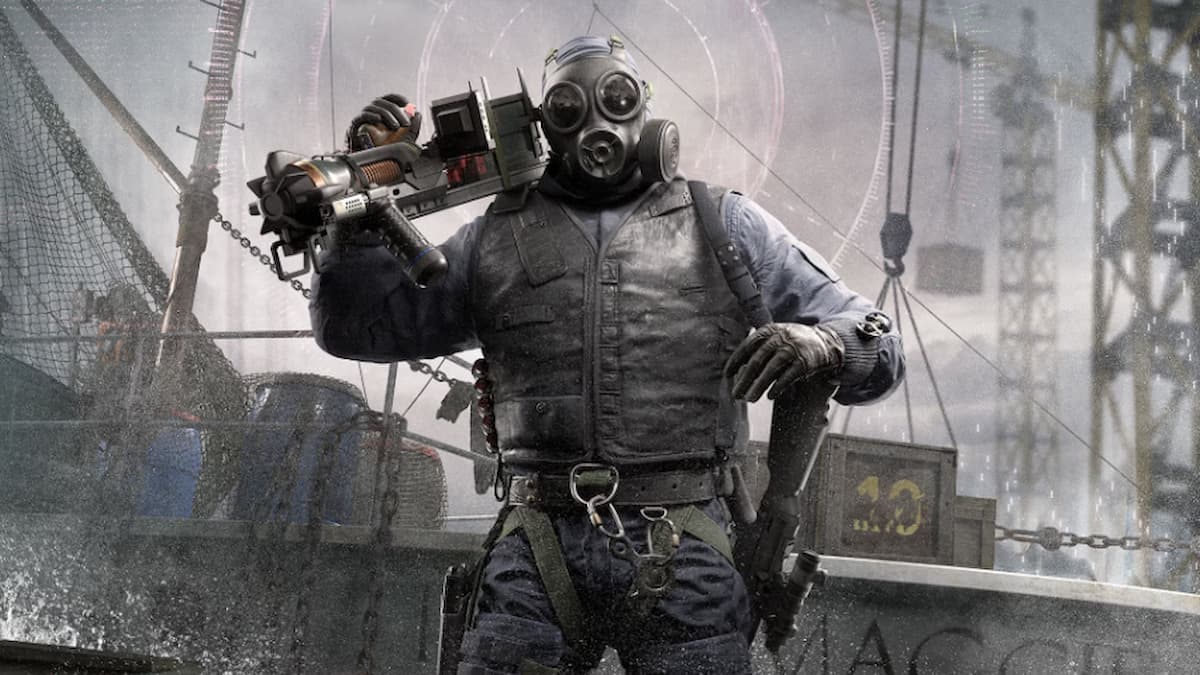
Published: Jan 9, 2020 05:12 pm